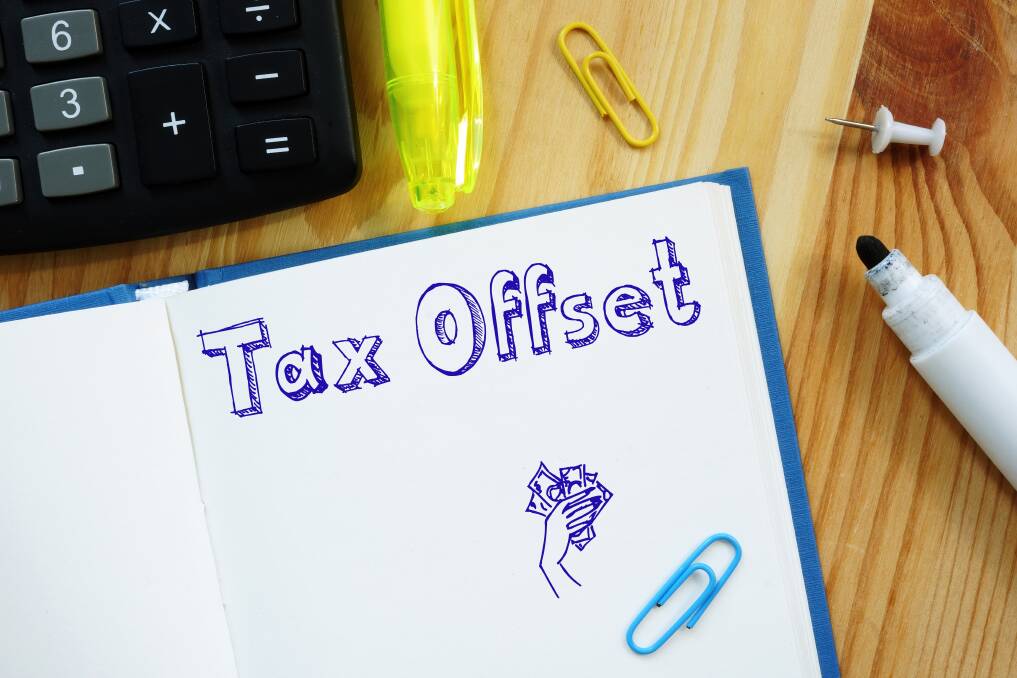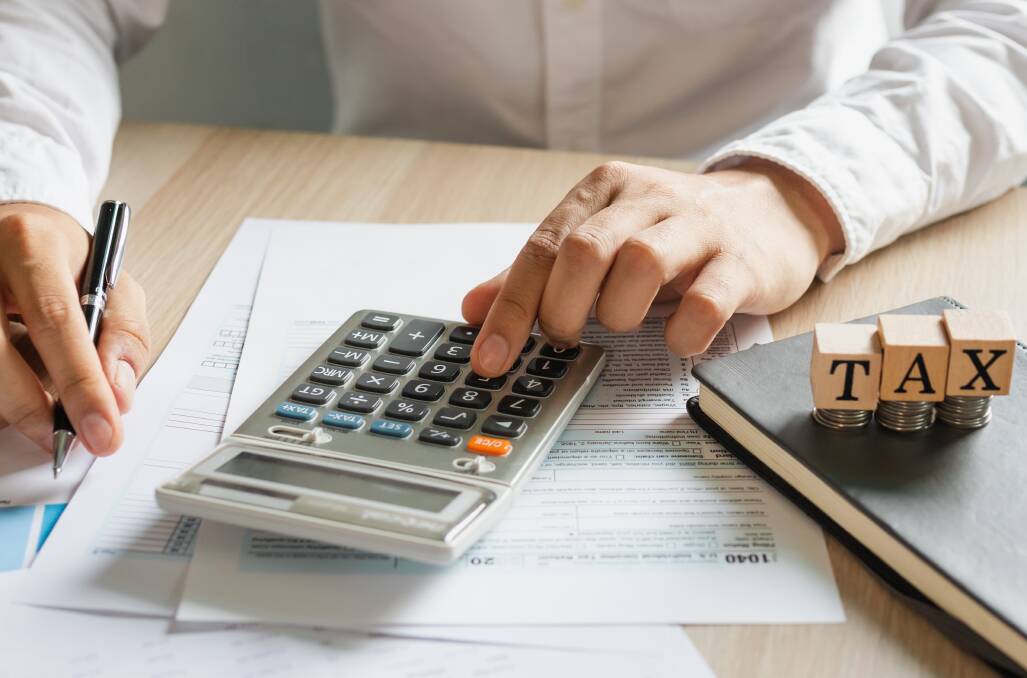Beneficiary tax offset: What you need to know

This is branded content.
The Australian Tax Office has set up a rebate on taxes paid by beneficiaries as part of a larger plan to protect the financial security of Australia's low-income residents. So, you might qualify if government aid was the only way you made money during the whole tax year.
If this is the first time you're encountering beneficiary tax offset, here's a brief guide on what you need to know to help you get started. You'll also find tools and instructions to help you file a claim and figure out how to calculate your beneficiary tax.
Defining beneficiary tax offset
The beneficiary tax offset is a type of rebate that may be given to people who receive government benefits and taxable allowances. To put it simply, the tax offset aims to reduce the total tax owed to help those who rely on government assistance.
Certain types of taxable government benefits and allowances are eligible for this rebate. For instance, the CDEP wage, the Jobkeeper wage, the Youth Allowance wage, the Austudy wage, the Farm Household Allowance wage, and the Community Development Employment Project (CDEP) are among the examples of eligible payments. The age pension, on the other hand, is not considered.
In addition, the rebate formula applies only to the payments listed in Section 160AAA. The formula effectively avoids taxation on government handouts at lower income levels. This assures that no tax is due if a person relies only on government payments for their income in a given tax year.
As the new fiscal year of 2020 begins, the threshold for the lowest marginal tax rate (tied to the formula for the beneficiary rebate) went up from $37,000 to $45,000. This will affect the 2020-21 tax year and future tax years.
How do you know if you're eligible for a beneficiary tax offset?
As mentioned previously, the eligibility for claiming a beneficiary tax offset is if the Australian government is giving you allowances and payments. With this, it's possible to reduce the tax you have to pay based on your other taxable source of income.

On the other hand, you may not be required to pay tax for the year if you have no other taxable income and you're only receiving certain grants and allowances from the Australian government.
How to claim a beneficiary tax offset?
Essentially, there's no specific preparation required to get the beneficiary tax offset, as the amount owed will be determined automatically, depending on your tax return. But to ensure a smooth tax offset process, it's essential that you note or indicate the qualifying income data on your tax return so that the Australian Tax Office (ATO) can see it and include it in your tax assessment.
How to calculate the beneficiary tax offset?
To begin calculating your beneficiary tax offset, you'll need to gather the following data:
- The sum of all government benefits you receive
- Your taxable income
- Amount of your rebate income
In the case of having a spouse or de facto partner, you will also be required to include their taxable income, total rebate income, and net income when the trustee paid tax on their legal disability. Some of the most common types of legal incapacity include bankruptcy, a person who has been deemed legally incompetent due to mental illness, and an underage person.
In addition, the total amount of your pension income for the year will also be required. These include the following:
- Disability support pension, including youth disability supplement
- Wife pension
- Professional pension
- Partner service pension
- Invalidity service pension
- Carer pension
Once you have gathered and consolidated such information, there are various tools you can use to help you compute the tax beneficiary offset. For instance, you can check out ATO's beneficiary tax offset calculator.
Wrapping it up
To summarise the points above, you may be eligible and able to claim a beneficiary tax offset if you've been receiving certain allowances or payments from the Australian government. In this case, you won't have to pay taxes for the year if you receive only the allowed benefits and allowances and have no other taxable income. Other taxable income may nonetheless necessitate tax payment.
But considering that claiming the tax offset is automatic, meaning, you won't have to exert as much time and effort, it's crucial that you report the eligible income you receive at the appropriate line item on your tax return to benefit from the offset. From there, the ATO will automatically determine the amount of the offset during the processing of your tax return.


